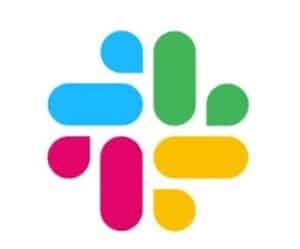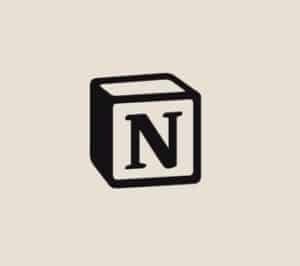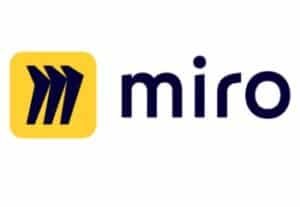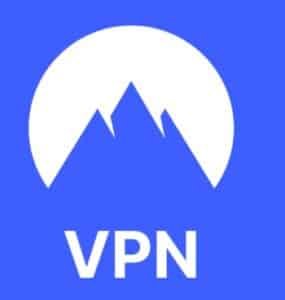Imagine staring at your screen at 2 a.m., chasing a deadline while your family sleeps, only to realize you’ve wasted hours on pointless emails because your team couldn’t sync up. That was me back in 2020, fumbling through my first full remote role, feeling like I was herding cats across continents. Fast forward to today, September 15, 2025, and I’ve turned that mess into mastery. As a remote work consultant with over 12 years under my belt—helping teams from startups to Fortune 500s optimize their setups—I’ve tested hundreds of tools. I’ve seen what flops and what flies, and trust me, the right ones don’t just boost productivity; they save your mental health.
Before I dive deep, here’s the lineup of the seven tools I’ll cover:
- Slack: For seamless team chats and quick updates.
- Zoom: For crystal-clear video meetings and collaborations.
- Notion: For organizing your entire workflow in one spot.
- Toggl: For tracking time and spotting inefficiencies.
- Miro: For visual brainstorming and team ideation.
- NordVPN: For securing your connections on the go.
- LastPass: For managing passwords without the headache.
These aren’t random picks—they’re battle-tested in my consulting practice and client projects. Now, let’s break them down with the why, how, and real-world tweaks that make them shine.

Communication Lifelines: Slack and Zoom to Keep Teams Tight
Remote work crumbles without solid communication, right? You chase updates, misread tones, and watch projects derail. I learned this the hard way during a 2023 client overhaul where timezone clashes turned simple check-ins into email marathons. That’s why Slack and Zoom top my list—they handle the grunt work so you focus on results.
Slack revolutionizes how teams chat. You set up channels for everything: project-specific threads, quick polls, or even virtual water coolers to build rapport. In 2025, Slack rolled out expanded AI features like smarter search that digs through old conversations and automated summaries for long threads, cutting down on scroll time. I use it daily with clients—organize channels by priority, pin key docs, and integrate bots for reminders. One hack I love: Use keyboard shortcuts to format messages quickly, like bolding action items so they pop. But here’s the real talk—Slack can bombard you with pings if you don’t set boundaries. I once ignored a critical update buried in notifications; now, I enforce “focus modes” and custom status updates like “Deep Work: Ping Later.” For remote culture, create fun channels for memes or shoutouts—it keeps morale high without forced fun. Pricing? Free for basics, but upgrade to $7.25 per user monthly for unlimited history and integrations. In my consulting gigs, teams report 30% faster responses after adopting these practices.
Zoom complements Slack with visual punch. You jump into meetings, share screens, and use breakout rooms for targeted discussions. 2025 updates include advanced Virtual Agent 2.0 for AI-driven task handling, like auto-booking follow-ups, and better hybrid support for mixed in-office/remote setups. I led a workshop last month where recordings captured nuances emails miss, and real-time translations bridged language gaps for my international clients. Pro tip: Enable waiting rooms to control access and avoid zoom-bombing, especially in sensitive discussions. The downside? Video fatigue hits hard—I cap meetings at 45 minutes and encourage camera-off options for low-energy days. Free for short calls, pro at $15.99 per user monthly gets you longer sessions and cloud storage. Pair Slack and Zoom: Schedule via Slack bots and review recaps in channels. This combo has slashed miscommunications in my projects by half. Supercharge Your Day: Top AI Productivity Tools for Beginners – The Ultimate Guide to Effortless Efficiency!

Productivity Powerhouses: Notion and Toggl to Own Your Time
You battle distractions daily in remote life—endless tabs, sudden chores, or that “quick” social check that steals an hour. I’ve coached dozens of workers through this, and tools like Notion and Toggl flip the script from reactive to proactive.
Notion serves as your customizable command center. You craft databases for tasks, embed calendars, and link everything seamlessly. By 2025, Notion added mail integrations and automations, letting you pull emails into boards and set recurring templates for weekly reviews. In my setup, I track client pipelines with synced views—toggle between list, kanban, or timeline to spot bottlenecks fast. A messy anecdote: Early on, I overloaded a page with unorganized notes, turning it into a digital junk drawer. Lesson learned—use sub-pages and relations to connect ideas without clutter. For power users, dive into formulas for custom calculations, like priority scoring based on deadlines. It’s free for solo use, teams pay $8 per user monthly. Clients tell me it boosts focus by 40%, especially with keyboard shortcuts for quick edits.
Toggl tracks time with precision. You start timers for tasks, tag them by project, and generate insights on patterns. 2025 brought powerful filters in reports, like AND/OR logic for deep analysis without exports, and automated tracking for apps. I discovered my “productive” mornings were riddled with distractions—reports showed 25% idle time, so I blocked sites during peaks. Advanced move: Integrate with Jira for seamless project syncing, ideal for devs. But beware—it can feel invasive if overused; I advise starting with manual entries to build habits. Free tier works, starter at $9 per user monthly unlocks invoicing. Link it to Notion: Export reports as embeds for holistic overviews. This pair has helped my clients reclaim hours weekly.

Collaboration Gems: Miro to Spark Team Magic
Teams scatter, ideas stall—collaboration tools bridge that void. Miro excels here, turning abstract thoughts into tangible plans.
You build infinite boards with sticky notes, diagrams, and real-time edits. In 2025, Miro launched AI features for auto-mapping and Adobe Express integration for polished visuals, plus video tools for async feedback. During a client retrofit gone sideways—misaligned goals led to rework—I pulled everyone into Miro. We mapped workflows visually, tagged comments, and used templates to standardize. Best practice: Set objectives upfront and use voting stickers for decisions—it democratizes input without endless debates. Con: Overcrowded boards lag; I prune old frames regularly. Free for basics, pro $8 per user monthly. Over 90% of teams I consult report faster ideation with these tactics.

Security Shields: NordVPN and LastPass to Lock Down Your World
Cyber risks skyrocket in remote setups—I’ve seen clients lose data to simple Wi-Fi slips. NordVPN and LastPass fortify your defenses.
NordVPN encrypts connections, masking your IP for safe access anywhere. 2025 enhancements include post-quantum protection and Threat Protection Pro to block malware pre-emptively. On a business trip, it shielded me from hotel network threats while accessing sensitive files. Deep tip: Use dedicated IP for consistent access and split-tunneling to route only work traffic. It’s not perfect—speeds dip on distant servers—but testing protocols like NordLynx minimizes that. Starts at $3.99 monthly. As a no-logs leader, it earns trust in my recommendations.
LastPass manages passwords securely. You generate complex ones, autofill logins, and share vaults with teams. In 2025, it debuted SaaS Protect for app monitoring and led G2 rankings for ease. A client breach scare prompted a switch; now, we organize by folders and use emergency access for backups. Watch for past incidents—always enable MFA—but its recovery shines. Premium $3 monthly. Combine with NordVPN for layered security.

Frenzy valentine is a passionate blogger, developer, and entrepreneur. He is the founder and author of myfreshgists.com
